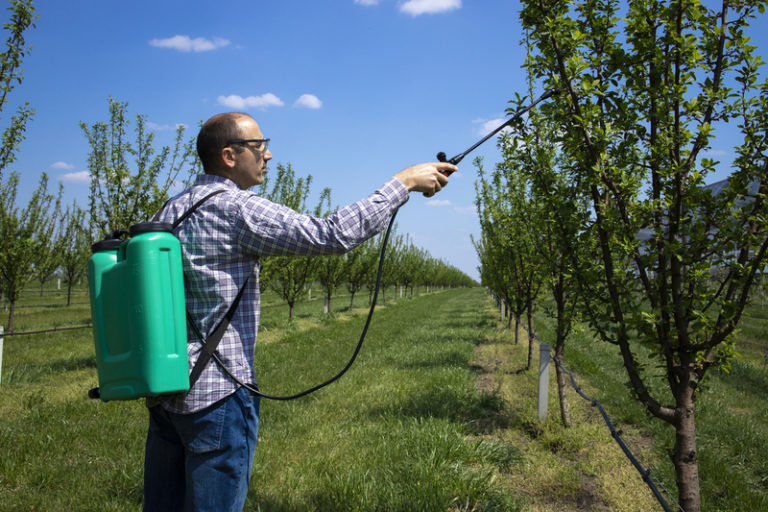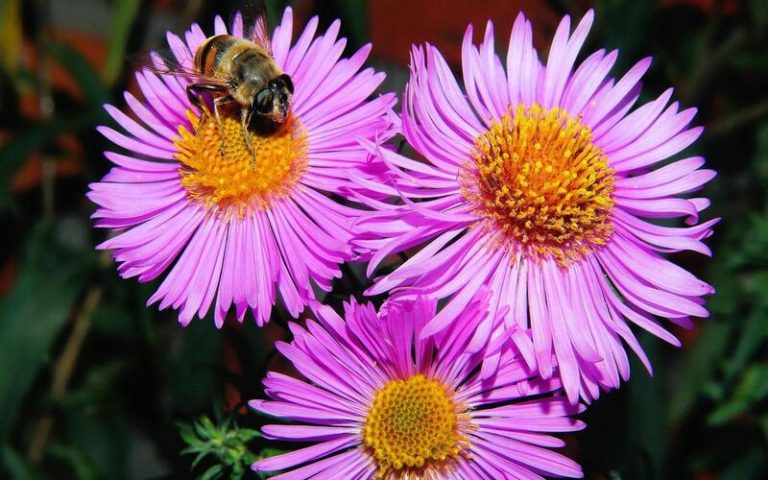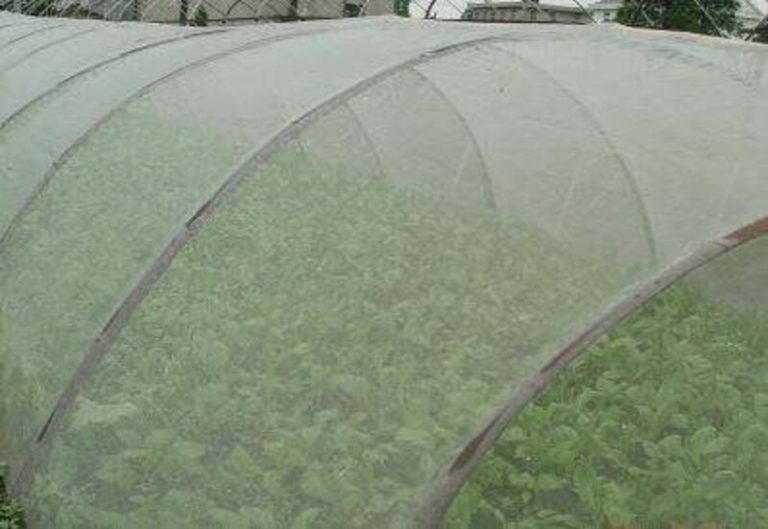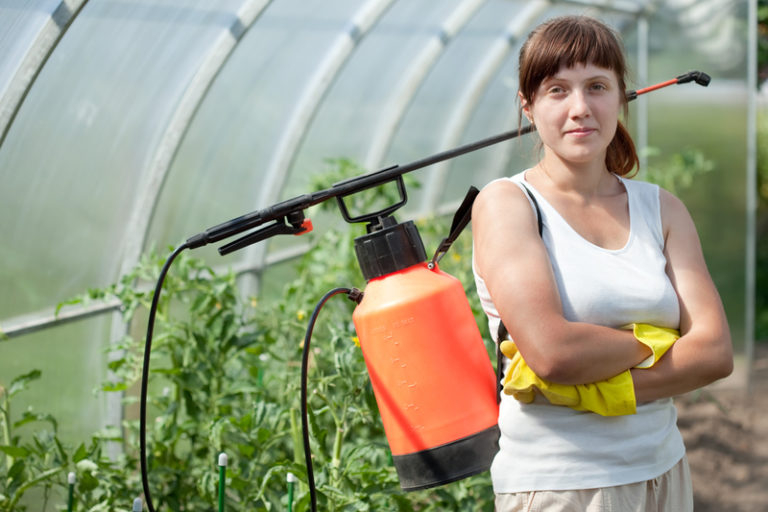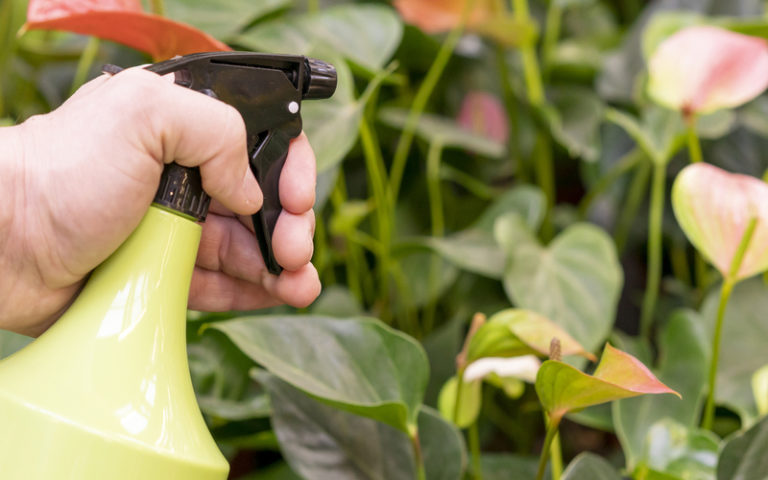Mushroom Compost: The Eco-Friendly Choice for Sustainable Gardening
Are you looking for a way to help your plants grow that is good for the earth and full of nutrients? If so, mushroom compost could be the solution you need. In this article, we’ll explore what mushroom compost is, the benefits of using it in gardening, how to use it, common mushroom compost myths, and how to make it at home.
What is Mushroom Compost?
Mushroom compost is a type of organic fertilizer made from the spent substrate of mushrooms. It is a mix of different kinds of organic materials, like straw, hay, corn cobs, peat moss, and chicken or horse poop. The material left over from growing mushrooms, called “spent substrate,” is then composted and heated to make a nutrient-rich soil amendment.
Benefits of Mushroom Compost:
Rich in nutrients:
Mushroom compost is full of important nutrients like nitrogen, phosphorus, and potassium, which makes it a great way to feed plants. It also contains micronutrients like zinc, copper, and iron, which are vital for plant growth.
Promotes healthy plant growth:
The nutrients in mushroom compost help plants grow healthier and stronger. It promotes root growth, improves soil structure, and increases the water-holding capacity of soil.
Increases soil fertility and structure:
Mushroom compost improves the fertility and structure of soil by adding organic matter. It also helps to balance soil pH levels, making it suitable for a wider range of plants.
Suppresses harmful plant diseases and pests:
The beneficial microorganisms in mushroom compost help to suppress harmful plant diseases and pests. It creates a healthy soil environment that makes it difficult for harmful organisms to thrive.
Sustainable and eco-friendly options:
Mushroom compost is an eco-friendly alternative to chemical fertilizers. It helps reduce waste by using recycled materials, and it does not harm the environment or the surrounding ecosystem.
How to Use Mushroom Compost:
There are various ways to use mushroom compost in gardening, including:
Preparing the soil for mushroom compost: Before adding mushroom compost, it is essential to prepare the soil. Remove any weeds, rocks, or debris from the soil, and loosen the soil with a garden fork or tiller.
Mixing mushroom compost with soil: Mix the mushroom compost with soil in a ratio of 1:2 or 1:3. This will ensure that the soil is well-aerated and nutrient-rich.
Applying mushroom compost as a mulch: Spread a layer of mushroom compost on the soil surface around plants as a mulch. This will help to retain moisture in the soil and suppress weeds.
Frequency of application: Mushroom compost can be applied once or twice a year, depending on the needs of your plants.
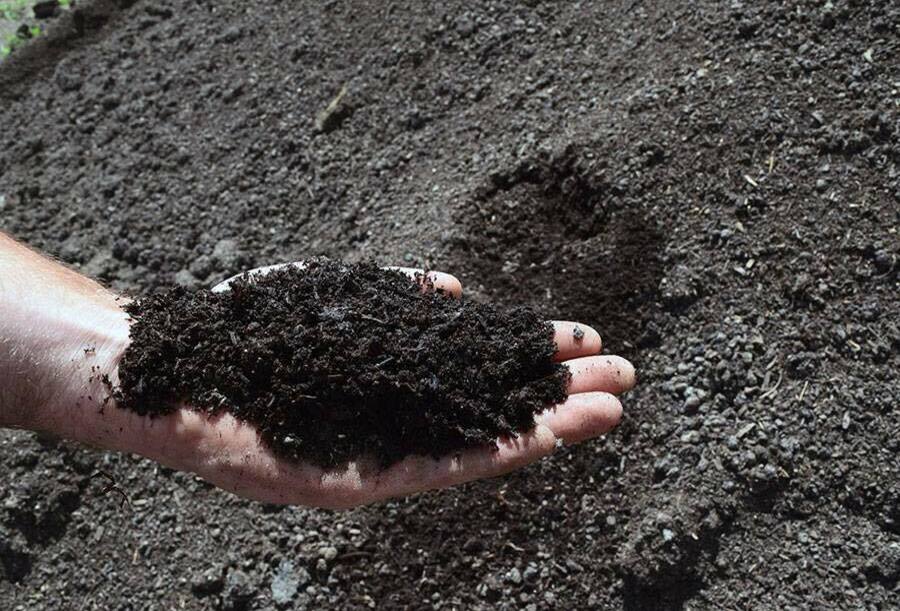
Common Myths about Mushroom Compost:
Mushroom compost attracts mushrooms:
While mushroom compost is made from the spent substrate of mushrooms, it does not attract mushrooms. The substrate is pasteurized, which kills any remaining spores, preventing mushroom growth.
Mushroom compost is harmful to plants:
Mushroom compost is beneficial to plants, and it does not harm them. However, it is essential to use it in moderation, as excessive use can cause nutrient imbalances.
Mushroom compost smells bad:
Mushroom compost can smell bad, but this is only temporary and will go away over time. The odor is a sign that the compost is actively decomposing, which is a good thing.
How to Make Mushroom Compost at Home:
Making mushroom compost at home is relatively easy. Here are the steps:
Materials needed: Straw, poultry or horse manure, gypsum, and mushroom spores.
Steps for making mushroom compost at home:
- Mix the straw and manure in a ratio of 1:1 in a large container or bin.
- Add gypsum to the mixture to help balance the pH levels.
- Moisten the mixture with water until it is damp but not soaked.
- Add mushroom spores to the mixture and mix thoroughly.
- Cover the container or bin with a plastic sheet to retain moisture and heat.
- Allow the mixture to decompose for 3–4 weeks, turning it occasionally to aerate it.
- After the compost is fully decomposed, it can be used as a soil amendment or mulch.
Precautions to take when making mushroom compost at home:
- Wear gloves and a mask to avoid inhaling spores or coming into contact with harmful bacteria.
- Use high-quality materials to ensure the compost is free of contaminants.
- Maintain the proper moisture and temperature levels to prevent the compost from becoming too wet or dry.
Conclusion:
Mushroom compost is a nutrient-rich and eco-friendly option for enhancing the growth of plants. It provides numerous benefits, including promoting healthy plant growth, increasing soil fertility and structure, and suppressing harmful plant diseases and pests. By following the tips outlined in this article, you can use mushroom compost in your gardening efforts and enjoy a bountiful harvest. Remember, making mushroom compost at home is an excellent way to reduce waste, save money, and create a sustainable garden ecosystem. Give it a try and see the difference it makes in your garden!
FAQ:
Q: What is mushroom compost?
A: Mushroom compost is a type of organic fertilizer made from a blend of organic materials that have been used to grow mushrooms.
Q: What are the benefits of using mushroom compost?
A: Mushroom compost is full of nutrients and helps plants grow well. It also improves the structure and fertility of the soil, keeps harmful plant diseases and pests at bay, and is a sustainable and environmentally friendly choice.
Q: How do you use mushroom compost?
A: Mushroom compost can be added to soil, used as mulch, or sprinkled on top of plants. Before adding mushroom compost to the soil, it’s important to get it ready and do it at the right time.
Q: Are there any common myths about mushroom compost?
A: Yes, there are common myths about mushroom compost, including the belief that it attracts mushrooms, is harmful to plants, and smells bad. However, these are all untrue.
Q: How do you make mushroom compost at home?
A: To make mushroom compost at home, you will need straw, manure, gypsum, and mushroom spores. You can put all of these things in a large container or bin, mix them together, add water, and let them break down for a few weeks before you use them.
Q: Are there any precautions to take when making mushroom compost at home?
A: Yes, it is important to wear gloves and a mask so you don’t breathe in spores or touch bacteria that could make you sick. To prevent contamination and make sure the compost is healthy, it is also important to use high-quality materials and keep the right levels of moisture and temperature.
Q: Is mushroom compost safe for all types of plants?
A: In general, most plants can grow in mushroom compost. But it’s important to use compost at the right time and not too much, because too much nitrogen in the compost can hurt some plants.
Q: Can you use mushroom compost for indoor plants?
A: Yes, you can use mushroom compost to grow plants inside. But it’s important to use compost that has been sterilized and doesn’t smell to keep pests and bad smells out of your home.
Q: Is mushroom compost a sustainable option?
A: Yes, mushroom compost is a good choice for gardening that will last. It is made from organic waste that would have gone to a landfill otherwise, and it is a natural, chemical-free alternative to synthetic fertilizers.
Q: How often should you apply mushroom compost to your garden?
How often you need to apply it will depend on what your plants and soil need. Most gardens only need to have mushroom compost put on them once or twice a year. It’s important to keep an eye on how healthy your plants and soil are and change how often you apply as needed.
Also Read:


